Dog Friendly Landscaping
Dog adoptions went through the roof during the pandemic.
Nearly one in five American households added a new pet to their family. Unfortunately many believe a nice yard and dogs don’t mix. However, we landscape with other members of the family in mind, why not add Fido into the mix?
A dog-friendly backyard is a place your pup can play, run, sniff, chase, and, basically be a dog.
Dog Safety
- A fence is one of the most important elements of safety we can add for our furry family. Restricting them to your property or even enclosing a portion of your property can save them from the risk of getting hit by a car as well as the risk of a coyote attack.
- If your dog likes to eat plants, be aware that many common landscaping plants are toxic to dogs. This list includes hosta, english ivy, hyacinth, daffodil, and azaleas. Also, cocoa bean shell mulch should be avoided. Don;t hesitate to ask for help with plantings.
- Dogs that are outdoors for an extended period need to take shelter from the hot sun. Make sure you have a shade tree, pergola, or overhead canopy where they can take a break from the heat.
- They also need access to a source of water. A simple water bowl will do.

Lawn Care
- Hot spots are a common problem for dog parents. Two solutions are:
- Try planting Bermuda Grass. It holds up better.
- Create a designated dog area using an alternative to grass. Clover works well.
- Create a designated pee and poop area with residential artificial turf.
- A nearly invisible wire cage placed around trees will keep your dog from peeing on their trunks
Photo by Sebastian Comar for Pexels.
Play
- A kiddy pool is a great addition for summer doggie fun. If placing it on grass, be sure to move it around so you don’t kill the grass underneath it.
- If your dog loves to dig, a sandbox is the perfect place for them to do it. And, it will save your lawn and plantings at the same time.
- A well-placed piece of agility equipment will allow your dog to climb and jump.
- And when all the fun is done, an outdoor dog washing station will help keep your indoors clean.
Having a dog doesn’t require you to sacrifice a beautiful landscape. All it takes is a little imagination and planning.
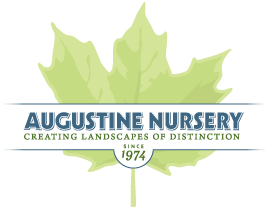
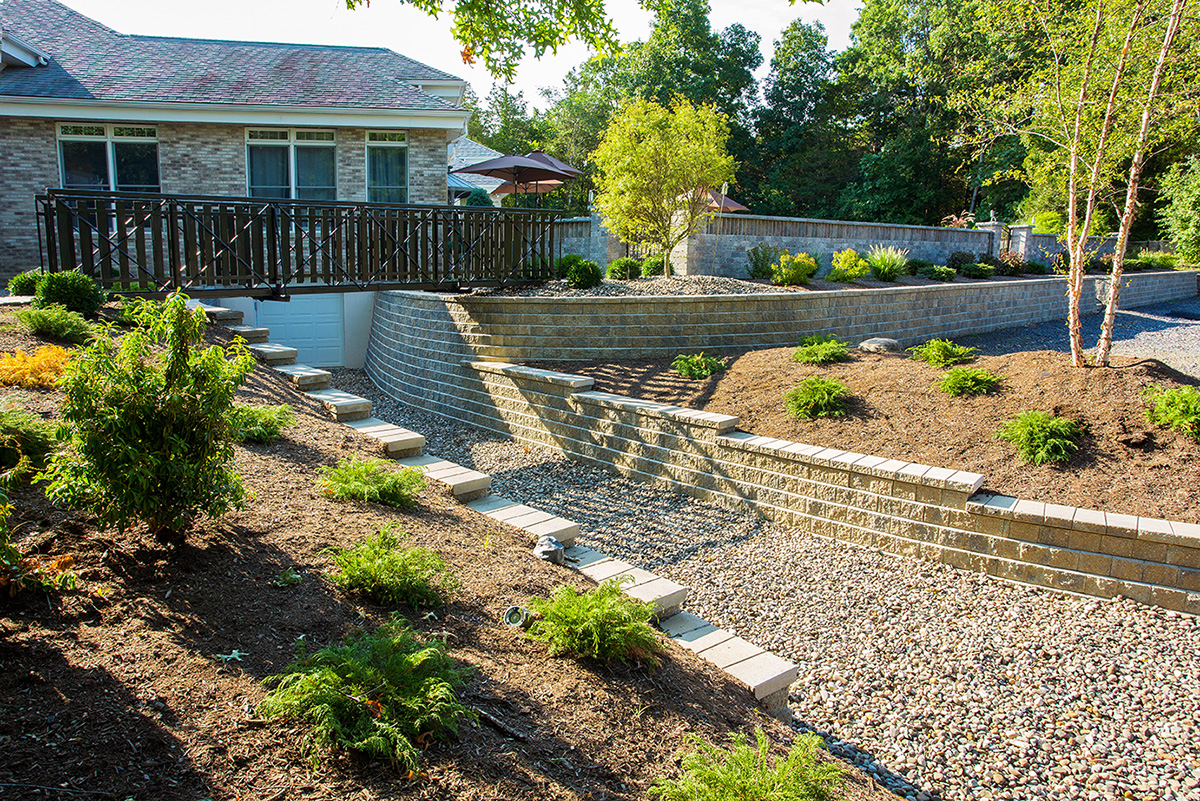 Tiered Walls and Garden Beds with mulch
Tiered Walls and Garden Beds with mulch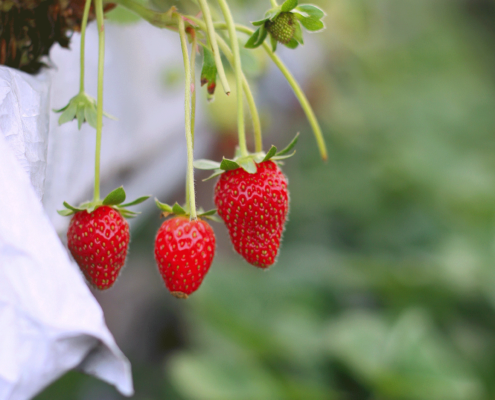
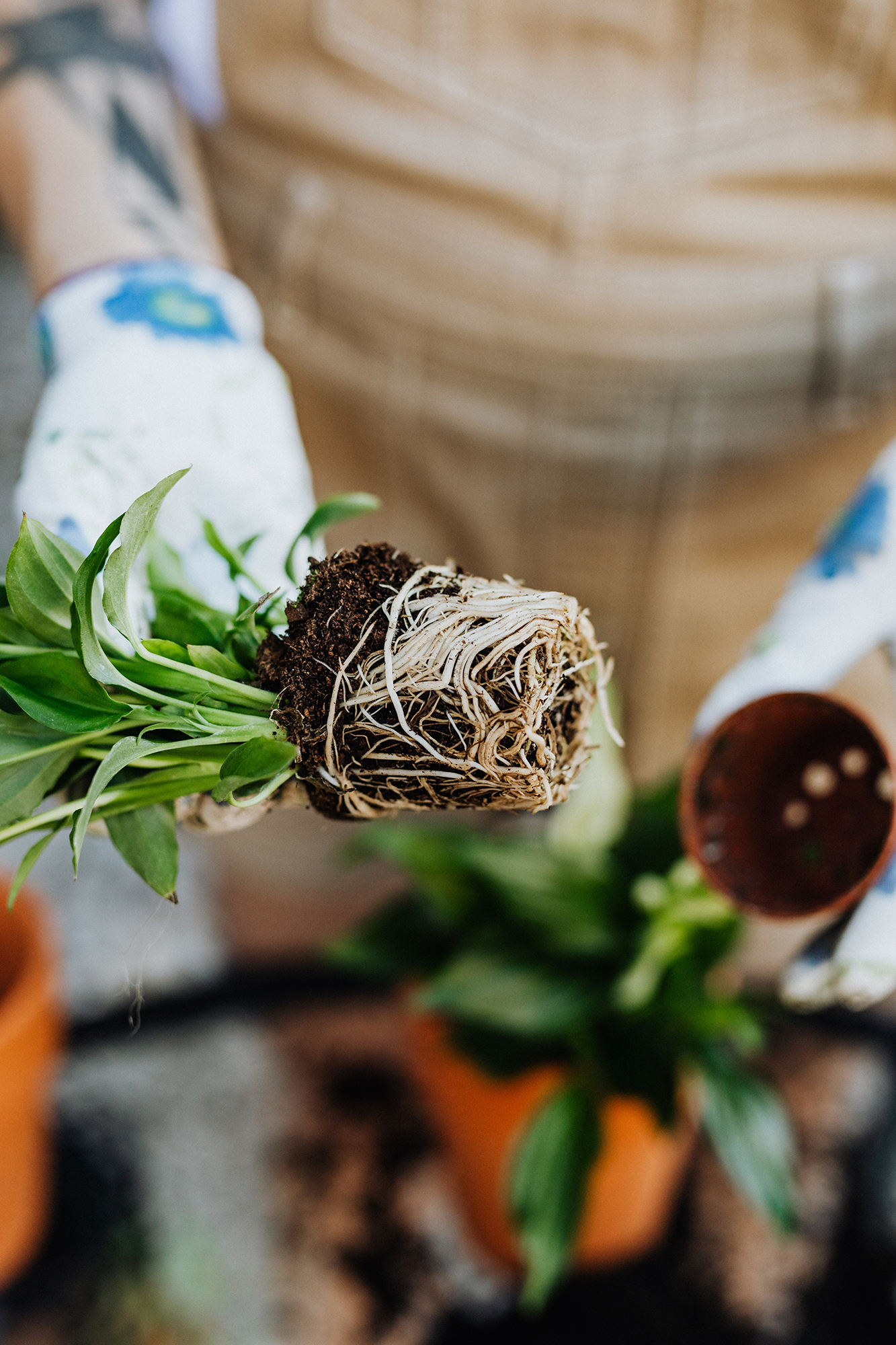 Tap-root systems have one main root with smaller roots branching off. They are deep roots and usually associated with young woody plants, nonwoody perennials, and root vegetables such as carrots and beets. Once these roots are established, they need more water, but less frequency. Plants with tap roots are also more difficult to transplant as the main tap root runs deep into the soil. For propagating, try using a cutting or the plants seeds instead of dividing.
Tap-root systems have one main root with smaller roots branching off. They are deep roots and usually associated with young woody plants, nonwoody perennials, and root vegetables such as carrots and beets. Once these roots are established, they need more water, but less frequency. Plants with tap roots are also more difficult to transplant as the main tap root runs deep into the soil. For propagating, try using a cutting or the plants seeds instead of dividing.


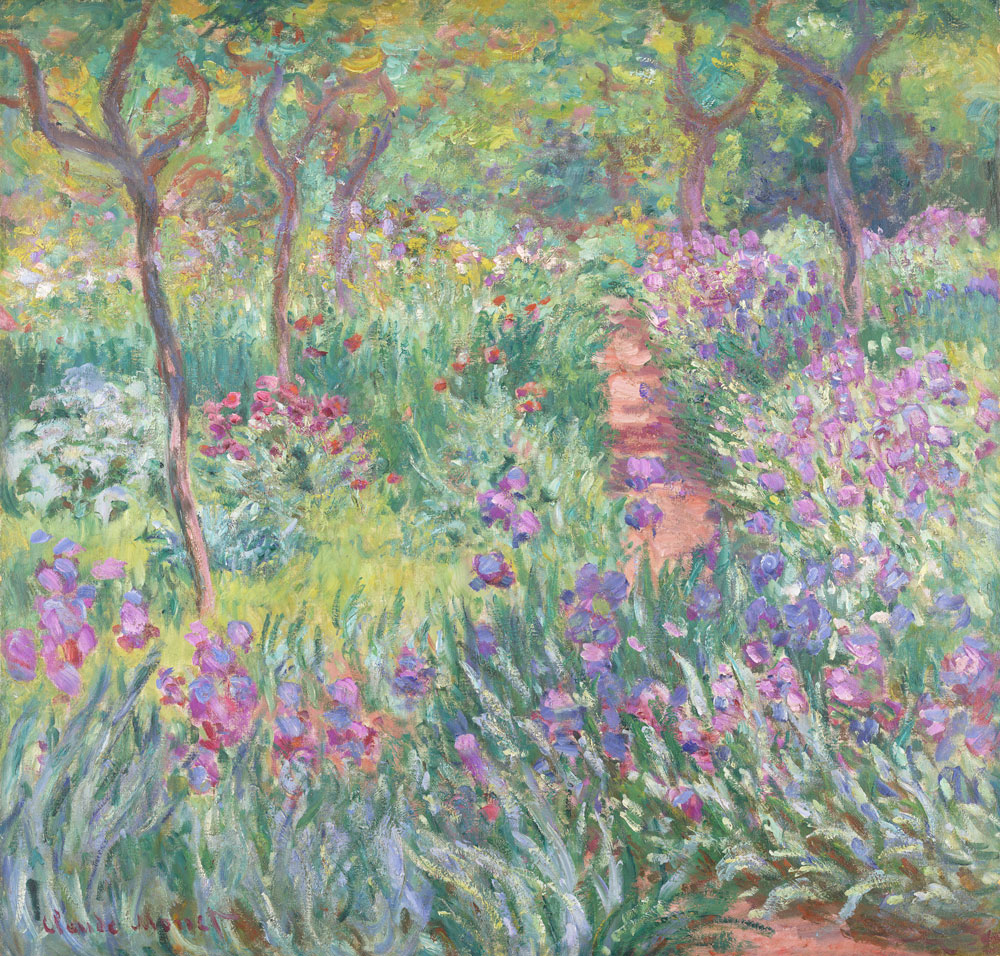
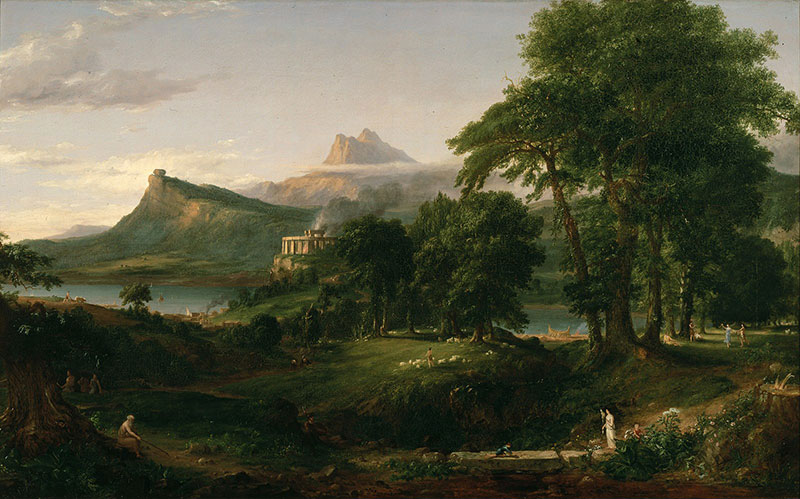




 #AugustineNursery
#AugustineNursery






 Stop in to check
Stop in to check

 Open 7 days a
Open 7 days a 




 $5 for
$5 for 




 Hope you’re
Hope you’re


 $5 Friday will feature a
$5 Friday will feature a